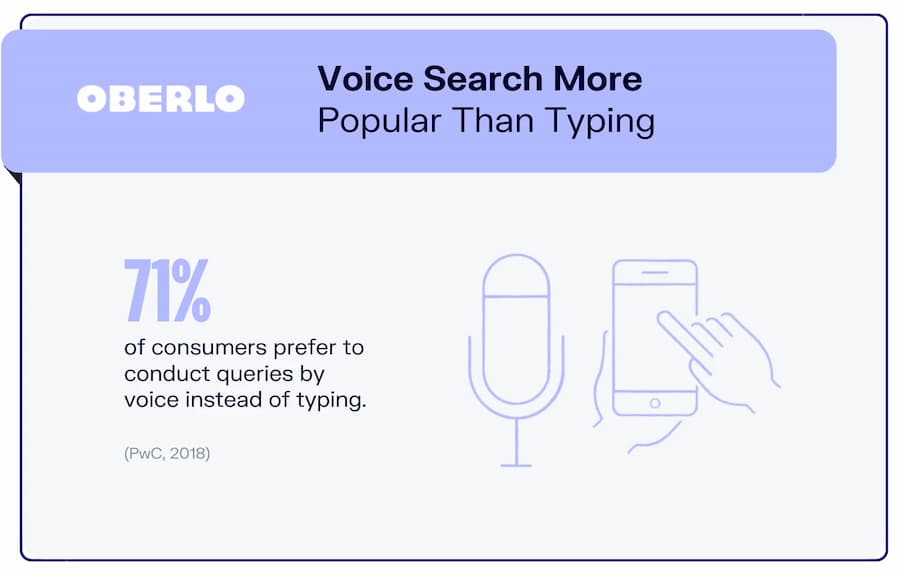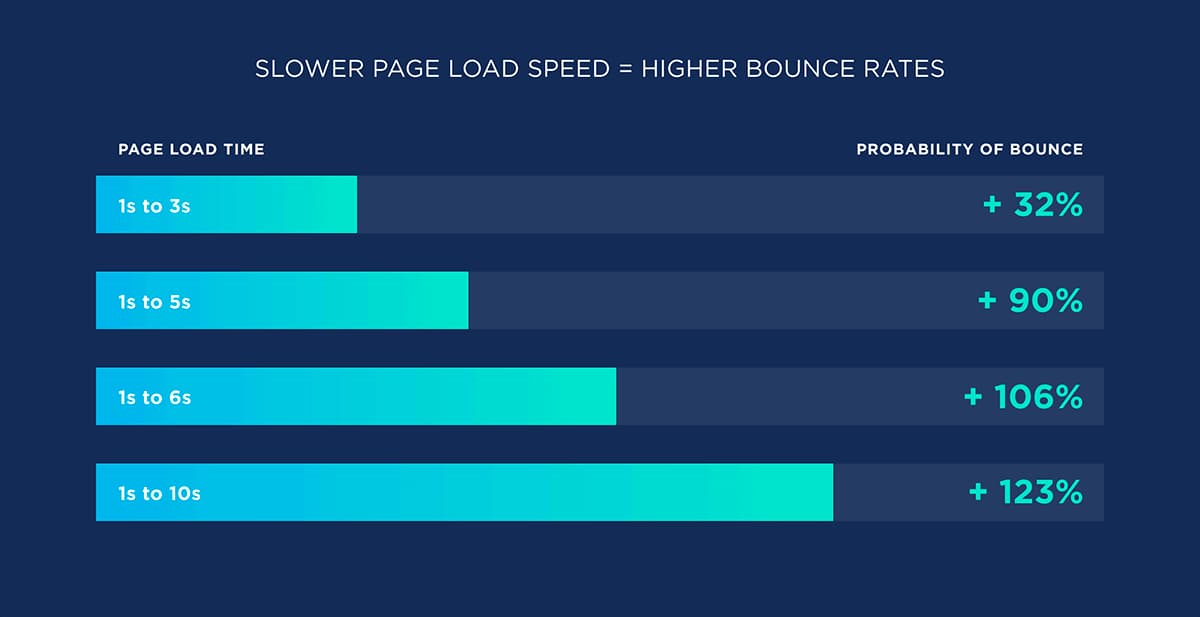Should You Optimize Your Content for Voice-Activated Devices?
Voice-activated search is the newest UX innovation that all marketers must watch out for. With its popularity growing drastically every year, more people than ever before have ditched the keyboard and started speaking to their devices.
Over half of all digital natives now use voice search in their day-to-day browsing activities. Whether this is in the form of Amazon Alexa, iPhone’s Siri or Google Nest, a whopping 8 billion users are expected to engage with voice search by the end of 2023.
So what does this mean for modern marketers? Voice-activated devices are still a relatively new phenomenon amongst marketers and advertisers. Steering away from traditional written SEO practices, voice search inspires a new generation of content marketing.
From focusing on question keywords to improving your conversational language, let’s delve deeper into content optimization for voice search and uncover why it’s crucial to brand success.
A new demand for voice-search
Voice search is no longer a craze. It’s quickly becoming a norm amongst a digitally savvy population. In the wake of a smartphone boom, this touchless feature is preferred by 71% of consumers and has become a key player in improving the digital user experience.
Powered by speech recognition, voice-activated search programs can quickly process information and transcribe human speech before using AI to analyze the command from the user. Using this data to power a Google search, for example, quickly pulls up results like a text-based search.
Experts predict that smart speaker purchases in the US alone will surpass 200 million by 2024, rendering them a fundamental factor to consider when reviewing your SEO practices.
Benefits for marketers
There are a number of benefits of voice search for marketers that want to boost their site traffic. Not only can optimizing your content for audio-based searching make it more accessible for larger audiences, but it aids a seamless user experience.
Here are some key pros of taking the time to enable voice-activated content:
- Accessibility is fundamental to success: Accessibility is essential when it comes to designing all aspects of a marketing campaign. Users of all abilities should be able to consume your content and enjoy a stress-free brand experience. Voice search technology is hands-free, supports multiple languages and removes barriers for those who struggle to access traditional search platforms. If you optimize your content to accommodate accessibility, you’ll quickly see your site traffic rise.
- Providing a seamless user experience: Typing can get tedious for smartphone-centric consumers. Accommodating voice search with your content will significantly improve your user experience. According to researchers at IimSkils, voice search is 3.7 times faster than traditional text-based search. For a mobile-first generation, the ability to receive gratification quickly is essential for engagement.
- Creating a competitive advantage: Optimizing your content for voice-activated devices will also boost your competitive advantage. While it has become popular with consumers, many brands have yet to catch on and restructure their content. If you simply regenerate your SEO by including more question phrases, you could quickly appear at the top of a voice search and drive more leads to your site.
How to optimize your content for voice-activated devices
Optimizing your content for voice-activated devices is essential if you want to have a chance of ranking during a voice search.
Changing how you view SEO is a big game changer when introducing voice search to your strategy. This includes restructuring your content, prioritizing new types of keywords and learning to adapt to a more conversational tone of voice.
Start restructuring your content
One of the first steps to take in optimizing your content for voice search is to restructure what you already have.
The key here is to review your current content and restructure it to align with voice search norms. This includes removing complicated words and phrases and moving your call to action or question keywords to the top of the page.
Voice search quill quickly scans for answers to user questions, so if your content can answer that fast, the algorithm with pick you up first and rank your site higher. Opting for an FAQ-style format also helps voice search AI to pick out your platform.
Why not also introduce featured snippets to your content? This is a short clip of text that appears like meta content on a Google search result page.
Around 40% of all voice search answers are taken from featured snippets, so make sure you don’t forget this when curing new content.
Prioritize conversational language
Voice searches are conversational. Essentially, a user is having a conversation with their device, meaning that the language they use will differ from traditional text-based searches.
Therefore, make sure the content you produce feeds into this theory. Incorporate natural language into your writing, such as “me,” “you,” and “we.” Refraining from using larger, complicated language can help shape your conversational tone.
Optimize your site speed
Website performance also plays a significant role in a voice optimization strategy. If your page takes more than 3 seconds to load, you can lose up to 100% of your viewers.
This theory also applies to a voice-activated search. Because consumers rely on Google to pull up an answer to their search query, they no longer have the preference of the site they chose to click on. This means that if your site isn’t ranking in the first 3-5 results, Google will simply feed back a higher-ranked alternative.
Target question keywords
Last but not least, make sure you’re targeting question keywords. Voice search is dominated by question phrases such as “What is the weather like today?” and “Where can I find the nearest bakery?”
This means that your response needs to not only include those questionable phrases but answer them simply in a quick call-to-action.
To optimize for voice search, you also need to prioritize long-tail question keywords. In doing this, you’ll capture higher levels of traffic from users who ask niche, lengthy questions, as well as those who consult voice search for current affairs.
Long-tail keywords contain at least three words and are often more personalized to a specific topic. This means they are easier to rank for. While they may not gain as much global traffic as singular high-difficulty words, you’ll quickly rank for your product or service niche, meaning your leads will likely convert.
In fact, a whopping 46% of voice search questions are localized. Therefore, prioritizing phrases such as “vegan bakery in San Francisco” over “vegan bakery” will align you with a more engaged consumer base.
A voice-activated tomorrow
Voice search is growing exponentially, especially amongst a smartphone-centered generation. Not only can the average person speak three times the amount of words they can type in a minute, but this hands-free feature improves search accessibility and productivity for users on the go.
Stepping ahead of the curve and optimizing your content to accommodate this could skyrocket your conversions. By simply restructuring your approach to site SEO, you can create content that engages your audience no matter how they choose to consume it.
Tags: SEO.


